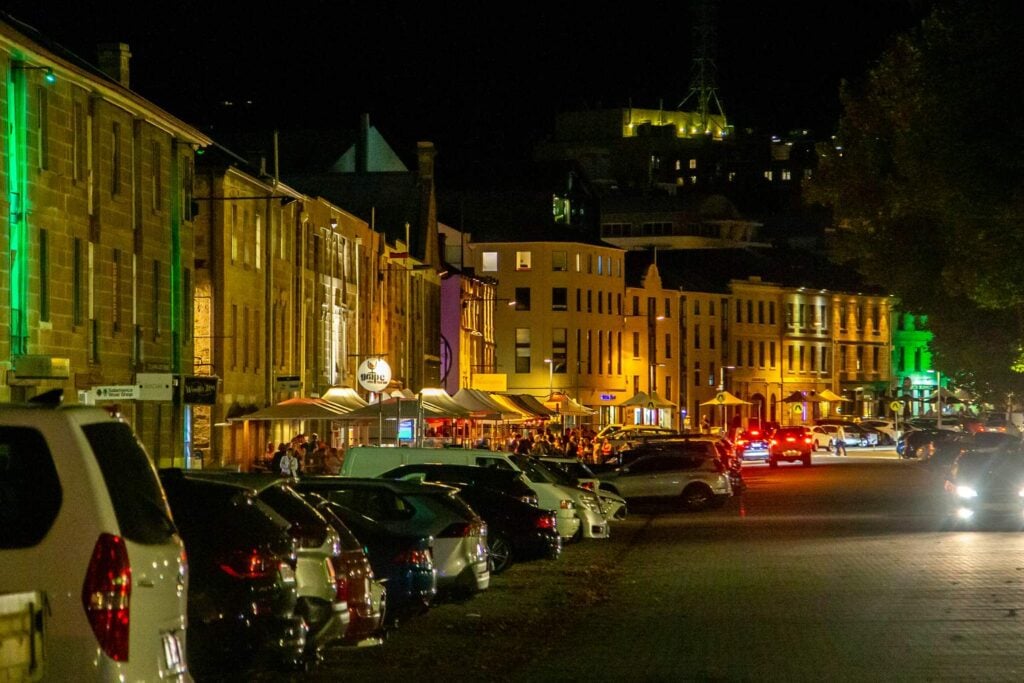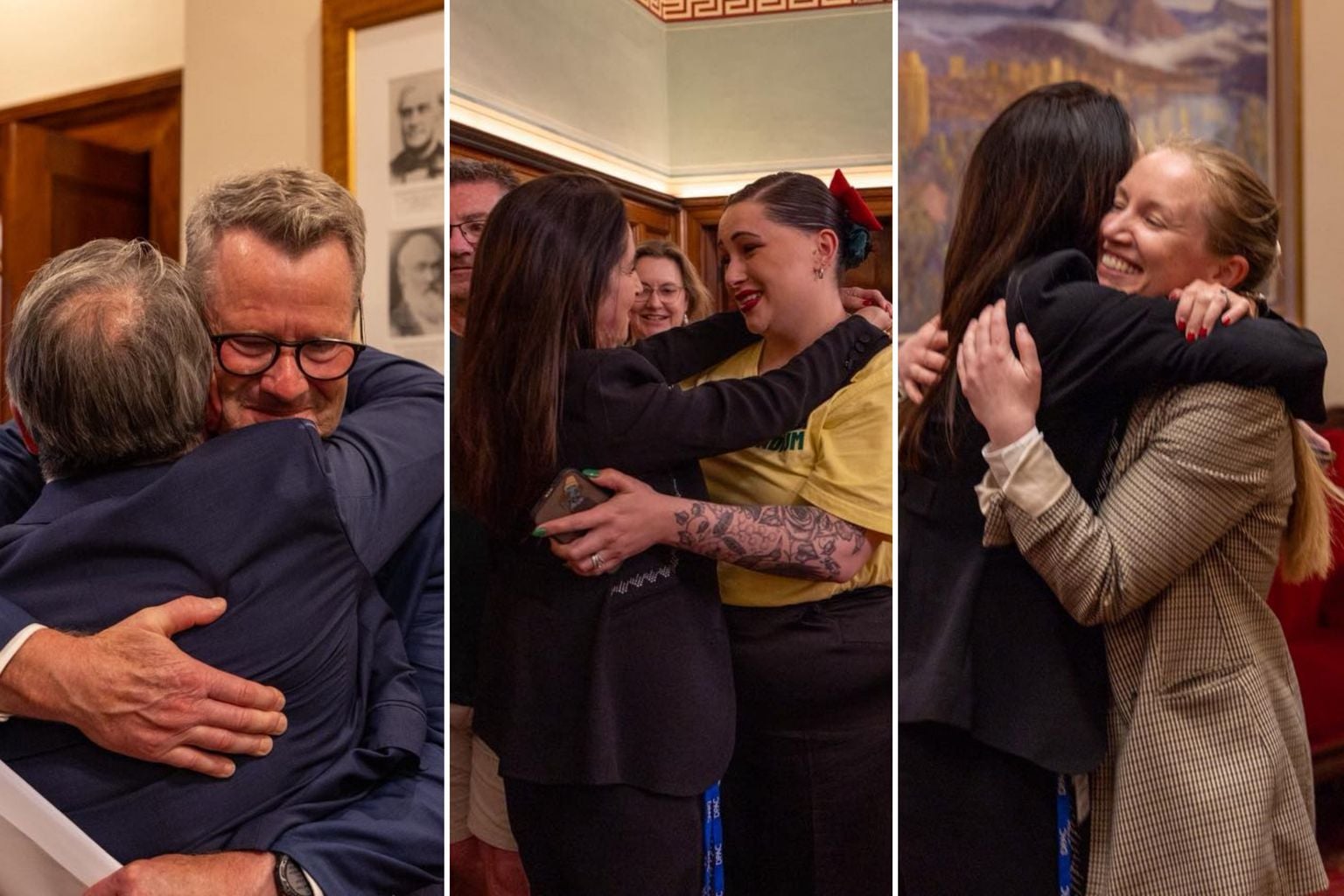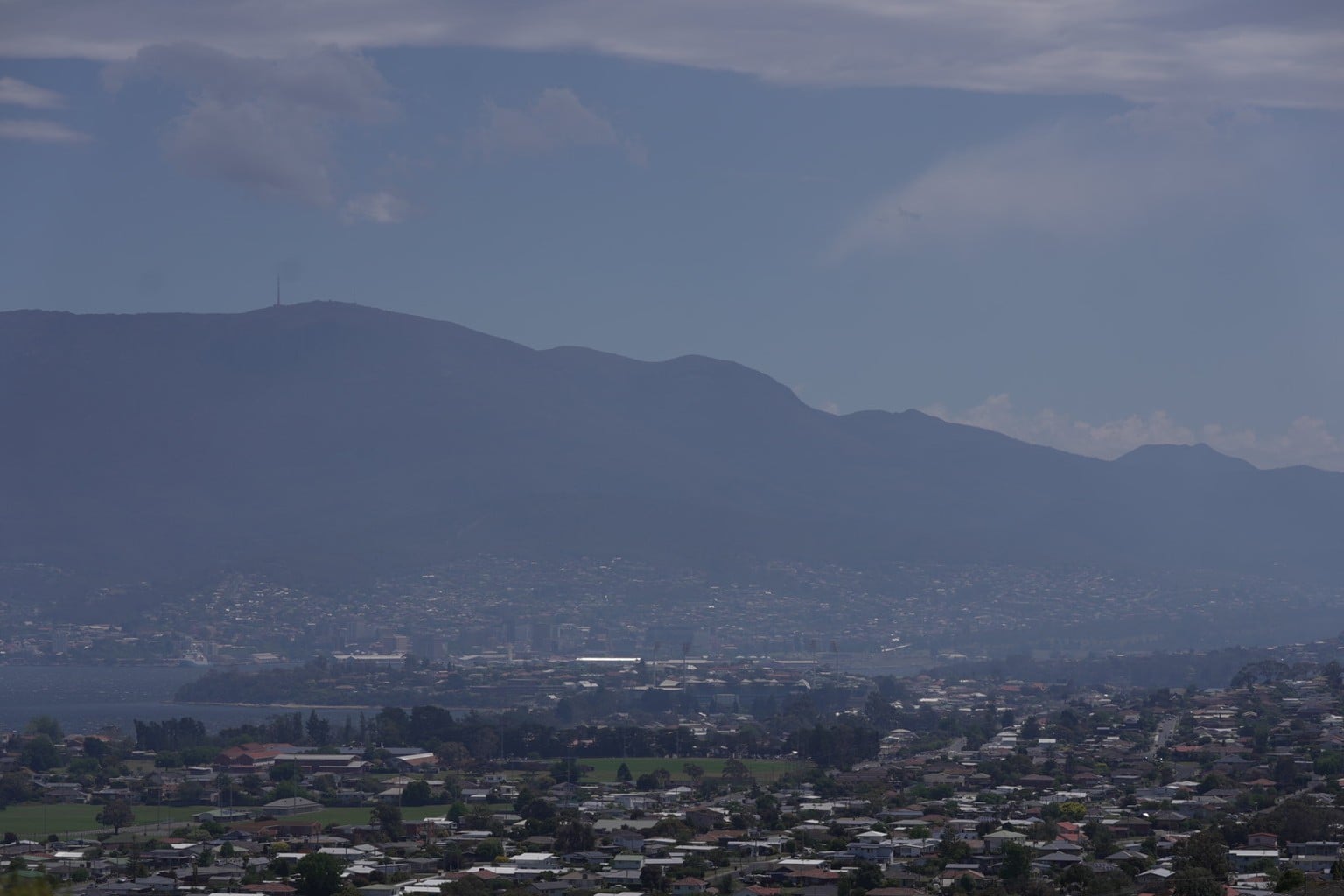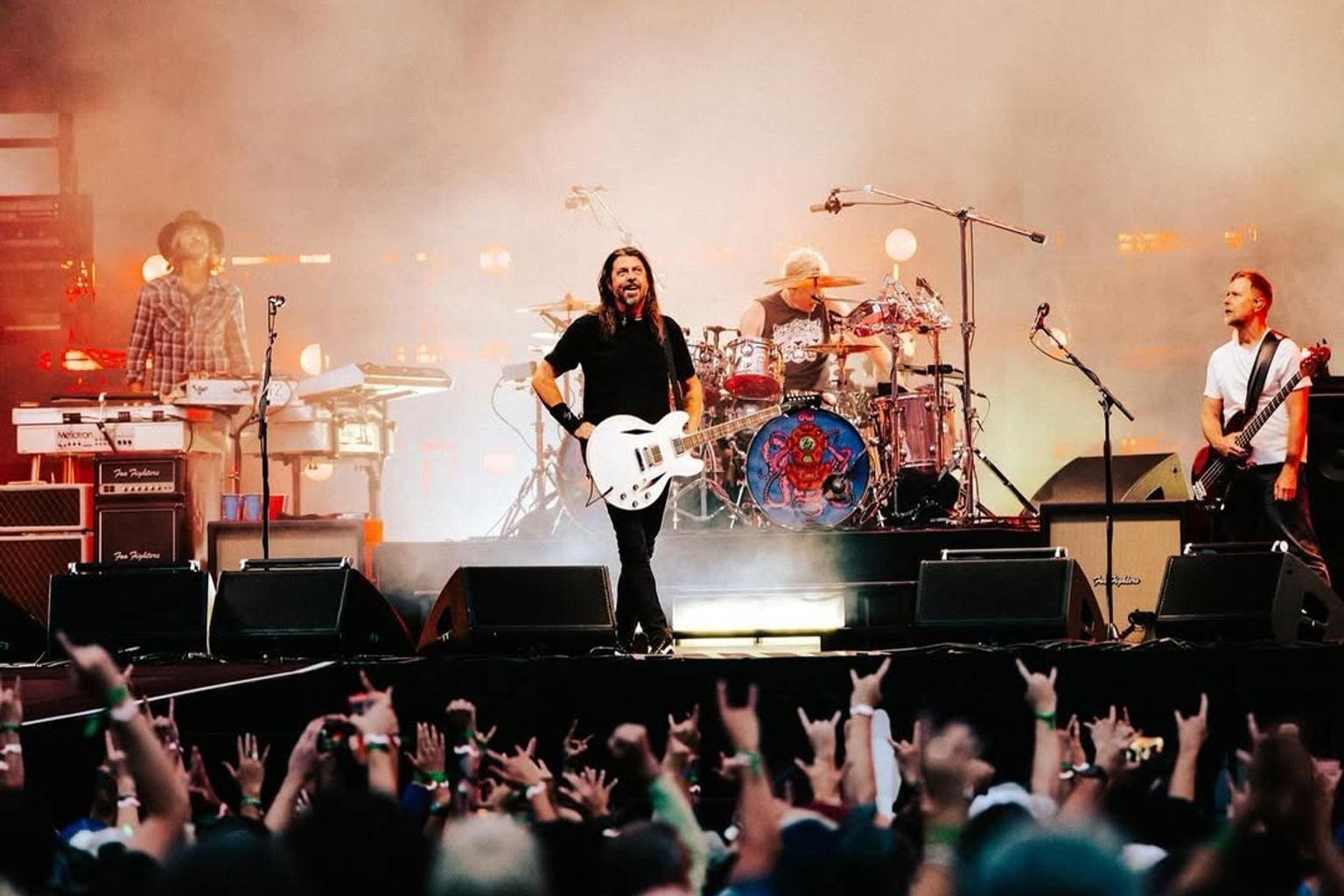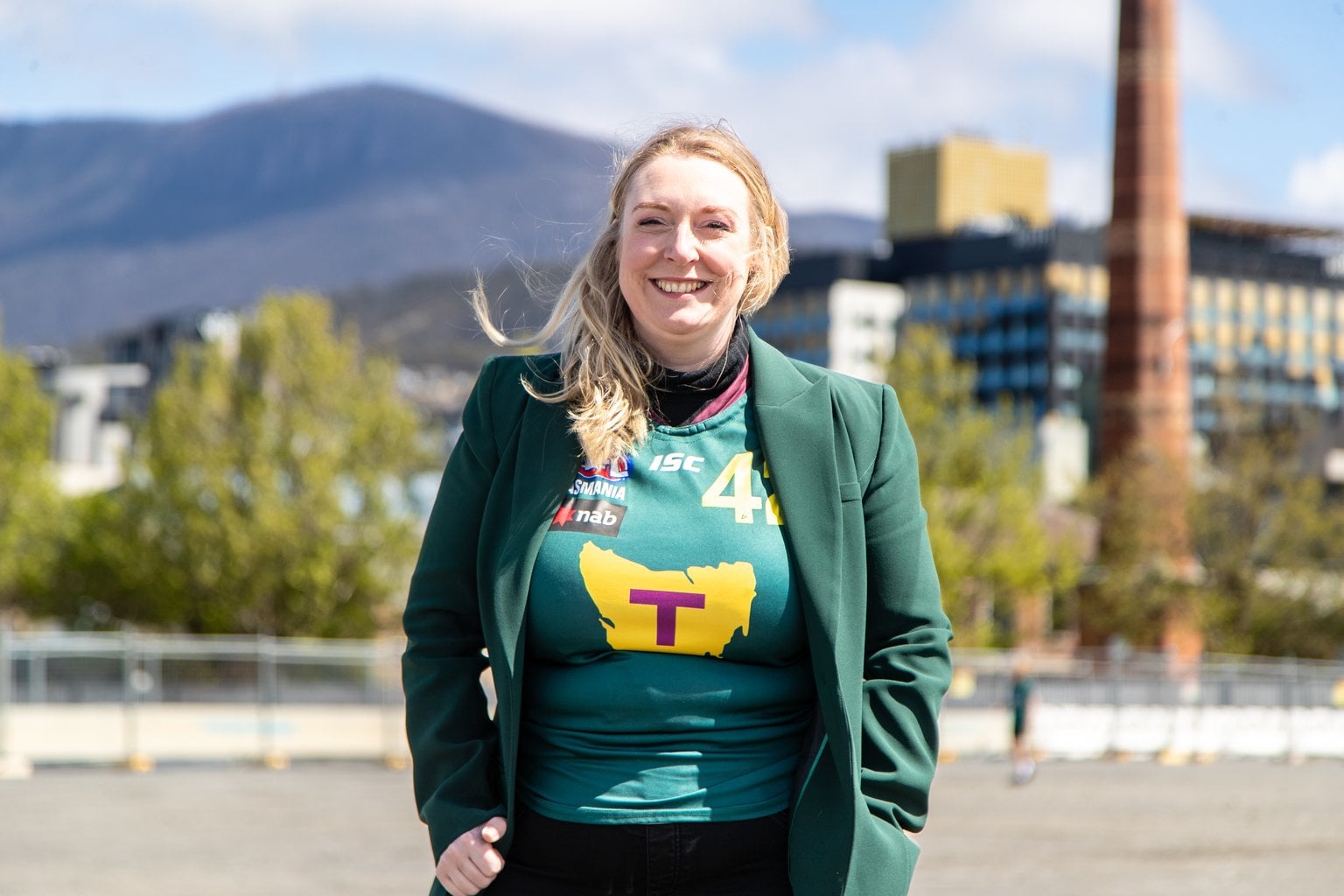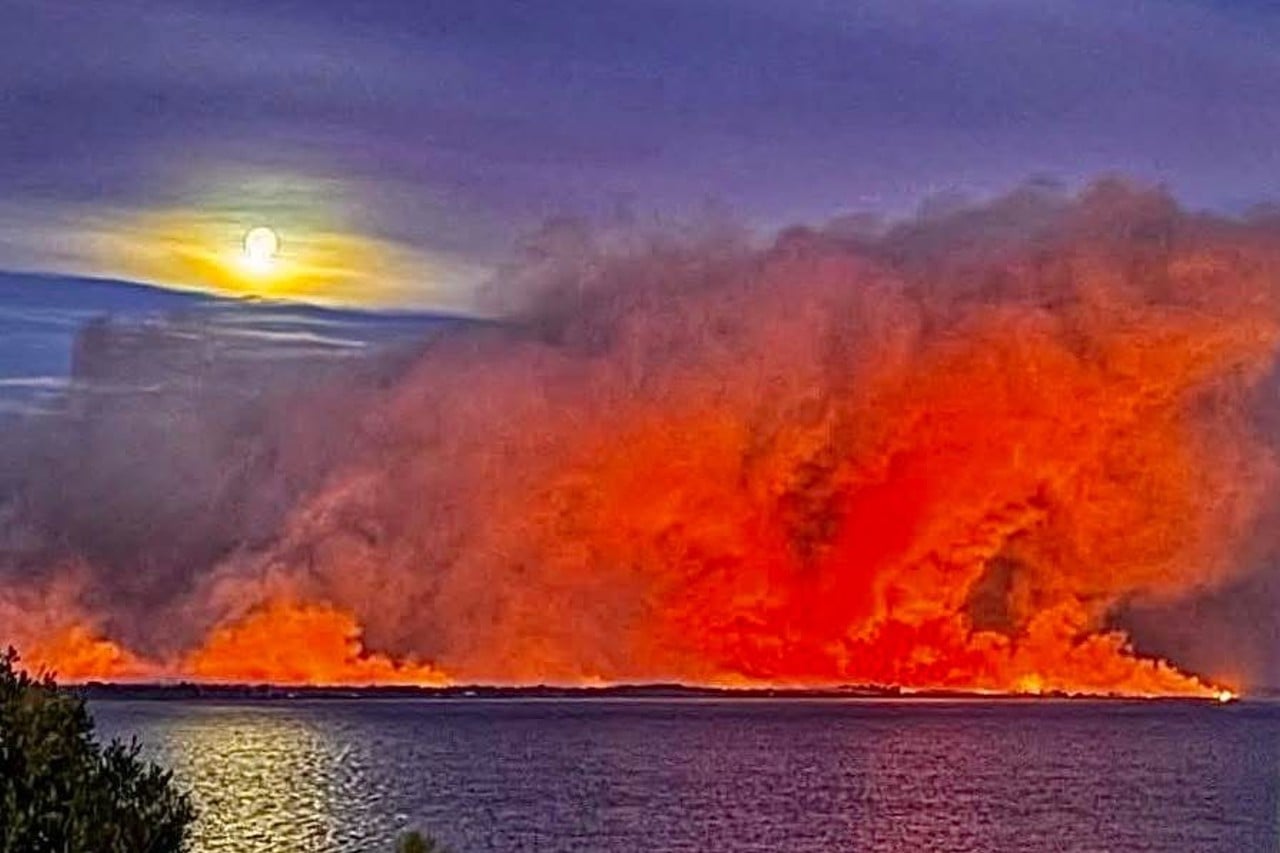Hobart has been ranked 41st out of 88 Australian regions for its night-time economy, with poor public transport and a lack of government strategy blamed for the capital’s lacklustre after-dark scene.
The inaugural Visa Australia Night-Time Economy Index gave Hobart a score of just 38.96 out of 100 – behind regional centres like Newcastle, the Gold Coast and Canberra.
Melbourne’s inner city topped the national rankings with 82 points, followed by Sydney’s CBD and inner south on 74.3.
Labor leader Josh Willie said the findings highlight why so many young Tasmanians are “leaving the state in record numbers”.
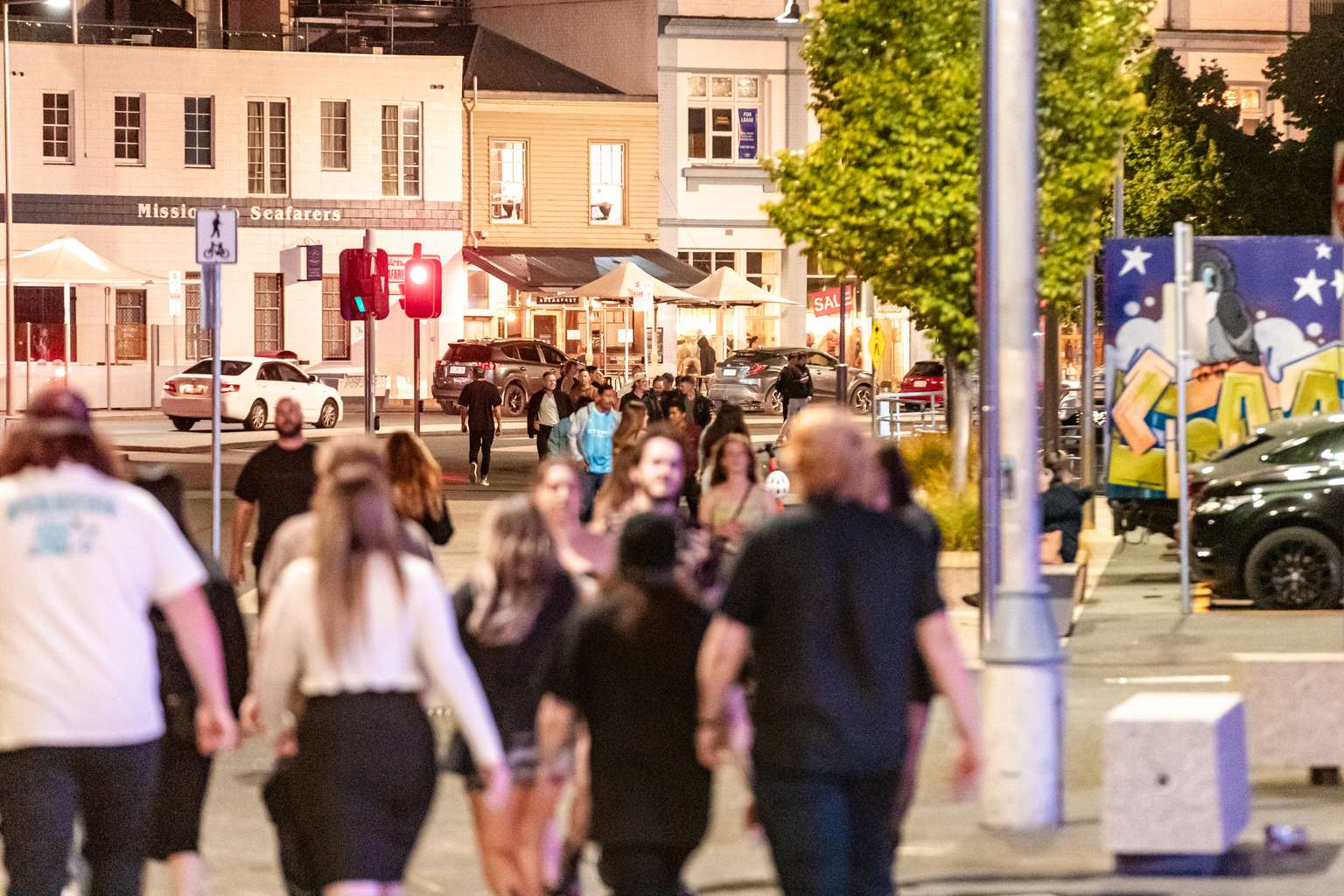
“To reverse this trend, the state government has a lot of work to do in making not only Hobart, but Tasmania a more exciting and vibrant place where young people can see a future for themselves,” he said.
The report found that when Hobartians do venture out at night, they’re big spenders. The city recorded the fifth-highest night-time spending per active card in the country.
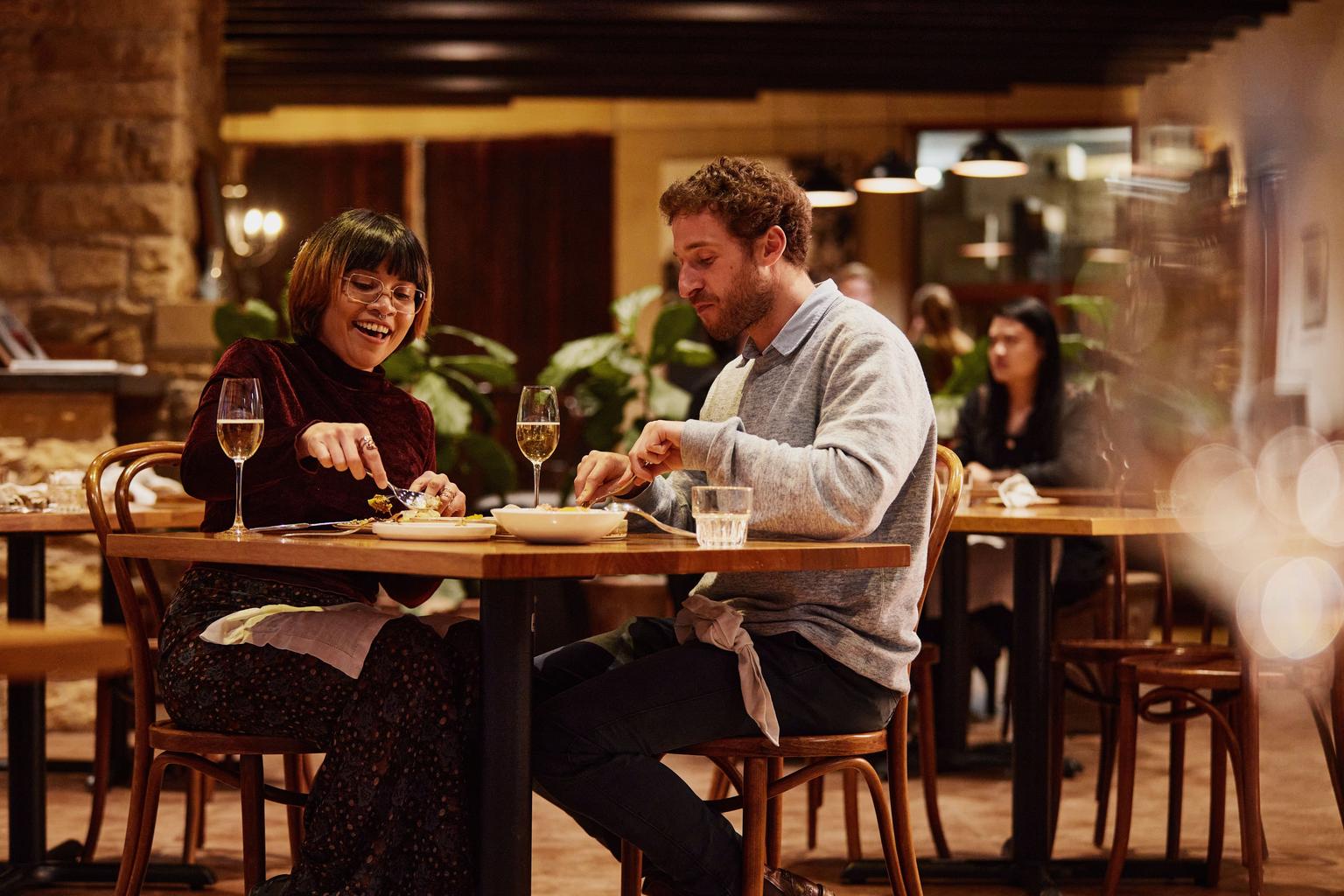
But a significant decline in restaurants operating at night, combined with poor public transport, dragged down the overall score.
Hobart rated just 54.78 out of 100 for safety and accessibility, compared with Canberra’s 87.5 and Newcastle’s 75.61.
The index measured night-time activity between 6pm and 6am across four categories: spending intensity, business environment, vibrancy and safety and accessibility.
The Hobart City Council said other data – the Council of Capital City Lord Mayors’ reports – paints a more positive picture, showing strong growth in the nightlife sector over the past decade.
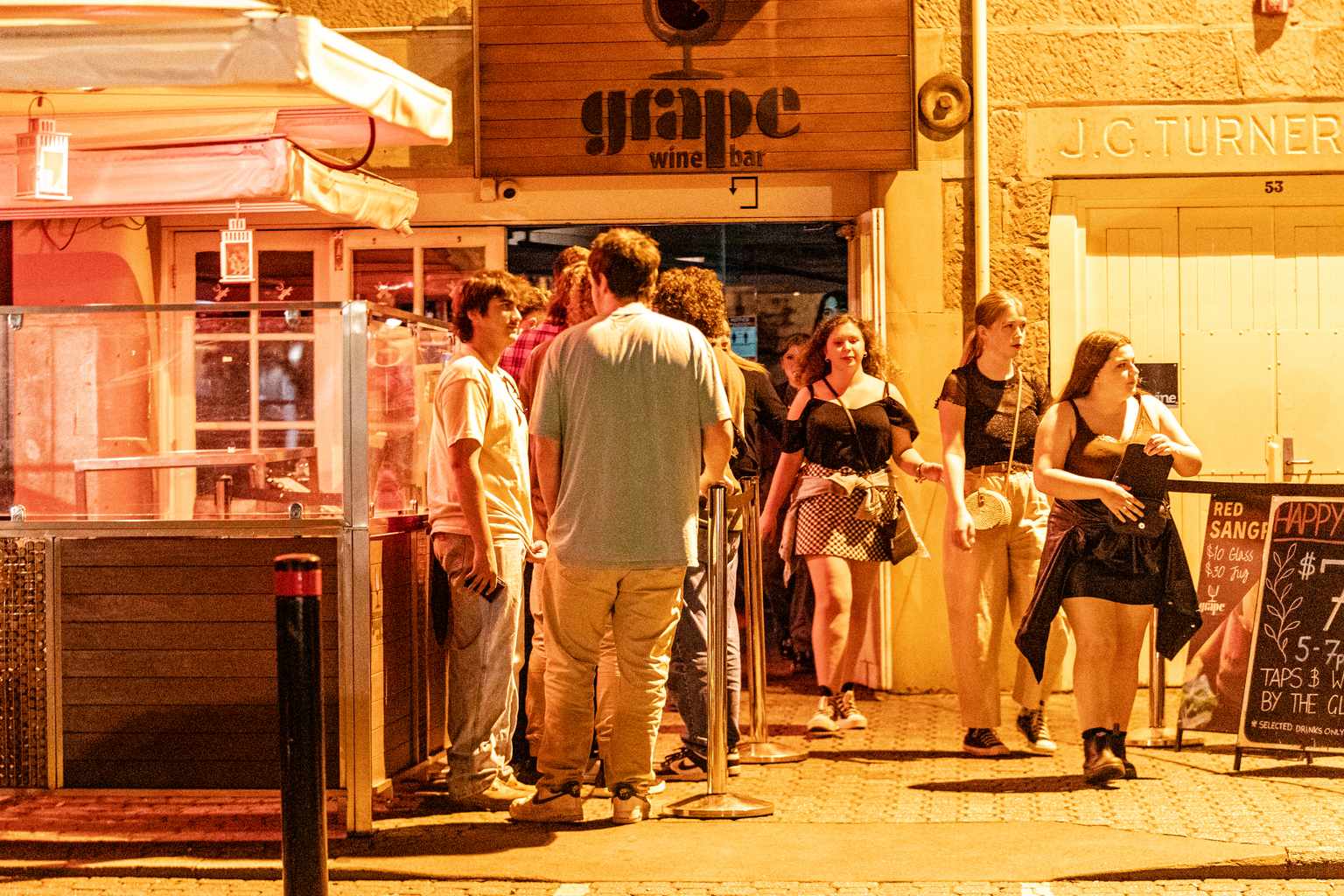
A council spokesperson said core night-time businesses had grown by 44.6% since 2009, with employment up 20.7% and turnover rising 42.3%.
In the 2024 financial year, there were 655 core night-time businesses in Hobart, employing 7,115 people and generating $1.1 billion in sales.
Even so, the council acknowledged key weaknesses highlighted in the Visa report.
“We agree with the Visa report that stronger governance is needed,” the spokesperson said.
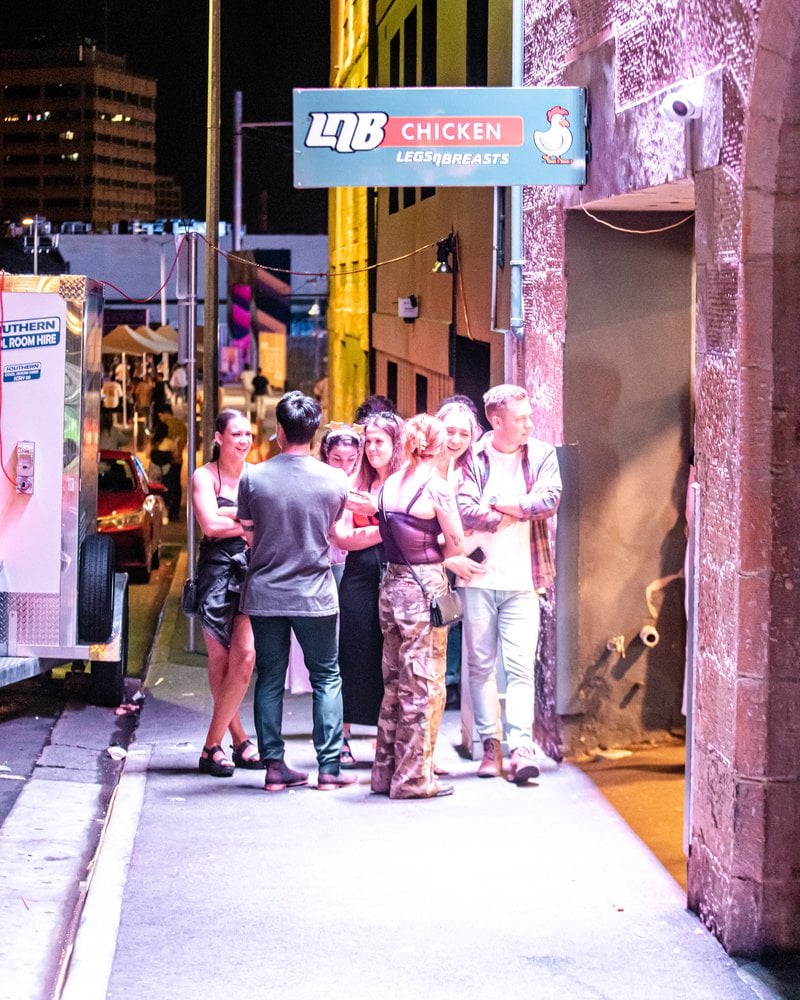
“Unlike other jurisdictions, Tasmania does not yet have a dedicated minister or strategy for the night-time economy”
The council also called out the state government on public transport, noting Tasmania’s per capita investment was the lowest in Australia at $115, compared to $218 in South Australia and $610 in Victoria.
Tourism Minister Jane Howlett said the government was backing the hospitality sector through liquor licensing reforms and workforce programs.
She pointed to $32.6 million invested in 155 events during 2024-25, which attracted 129,200 visitors and generated 742,700 bed nights.
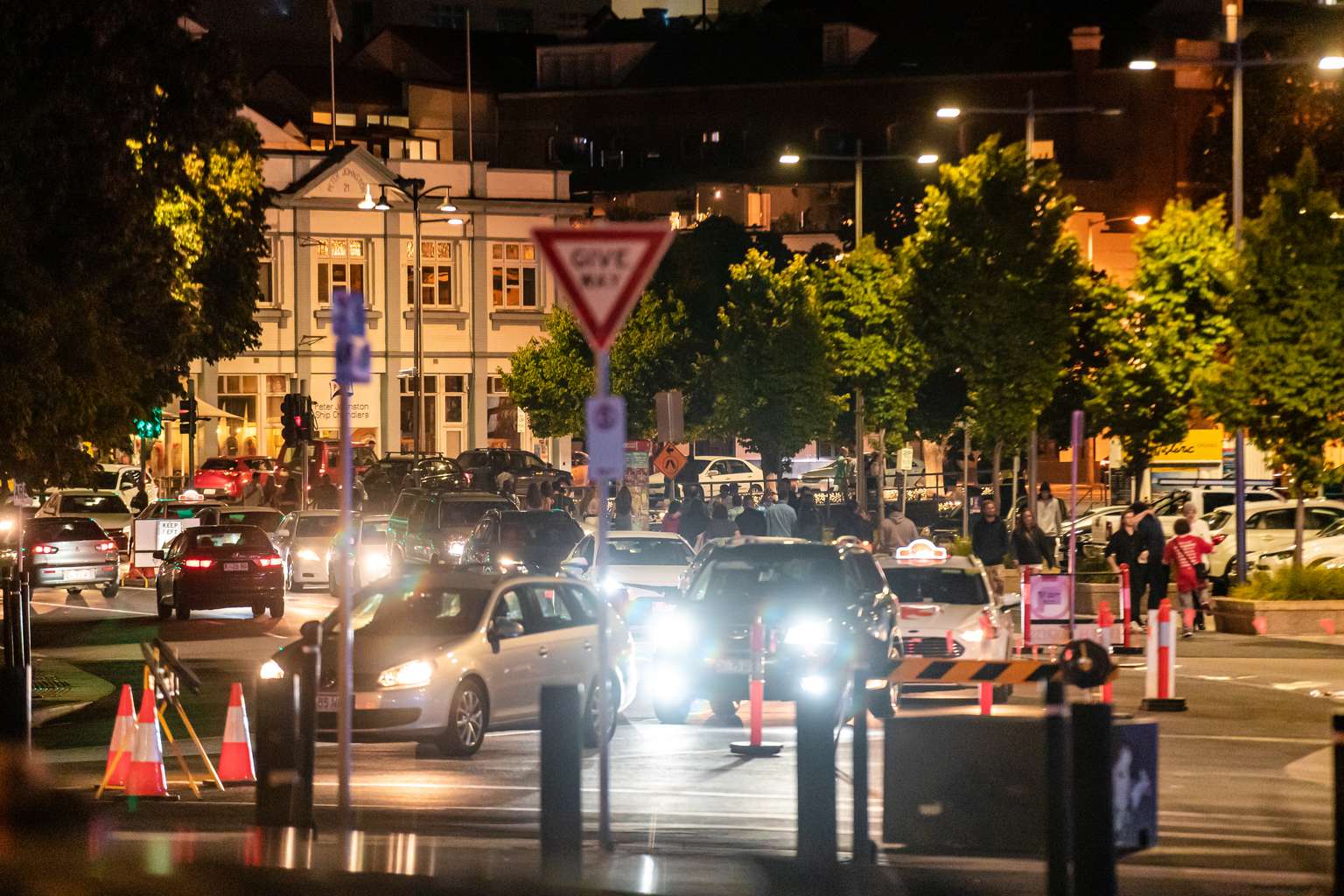
The government has also committed $2.4 million over three years for hospitality workforce development under its Hospitality 2030 program.
Police Minister Felix Ellis highlighted Reid’s Law, introduced in May, which gave police powers to use metal-detection wands in entertainment precincts.
“New police powers have empowered police to get these weapons out of the hands of those that wish to do harm,” he said.
Acting Assistant Commissioner Damien George said Tasmania Police were working with Metro to improve safety on public transport, with dedicated officers patrolling buses and key hubs and CCTV expansions.
“Tasmania Police is committed to public safety and ensuring every member of our community can enjoy our public spaces, both day and night,” he said.
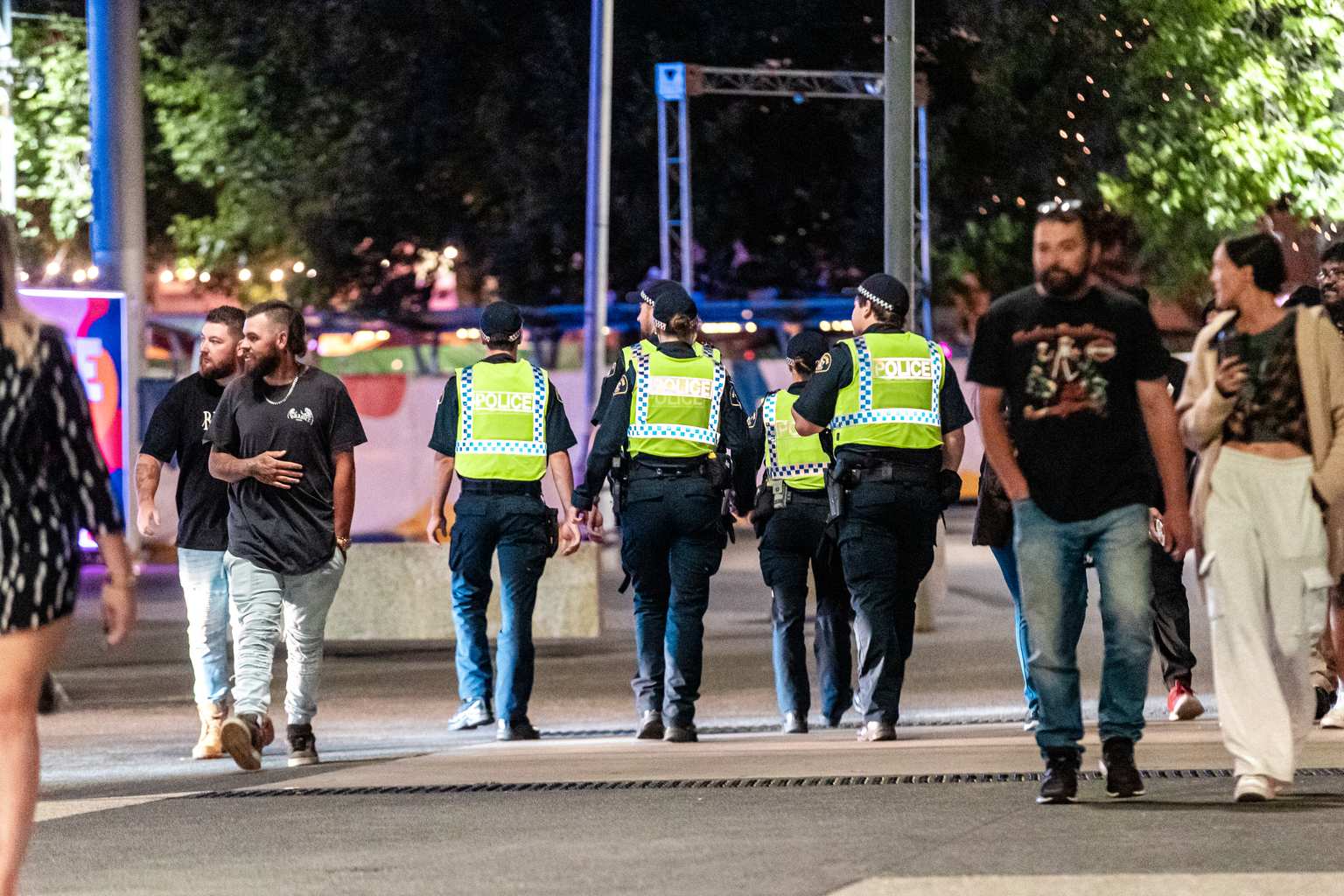
“High-visibility policing initiatives and targeted operations, utilising uniform officers and resources such as Operation Saturate, form part of Tasmania Police’s determination to detect and deter anti-social behaviour.”
The Visa report found states with dedicated night-time economy leadership significantly outperformed those without.
New South Wales, which took 12 of the top 20 spots, has both a Minister for the Night-Time Economy and an Office of the 24-Hour Economy Commissioner with more than 60 staff.
Queensland has a Nightlife Economy Commissioner, while the ACT has a Minister for the Night-Time Economy. Tasmania, however, has no equivalent structure.
Willie said cutting red tape in liquor licensing and live music permits should be a top priority.
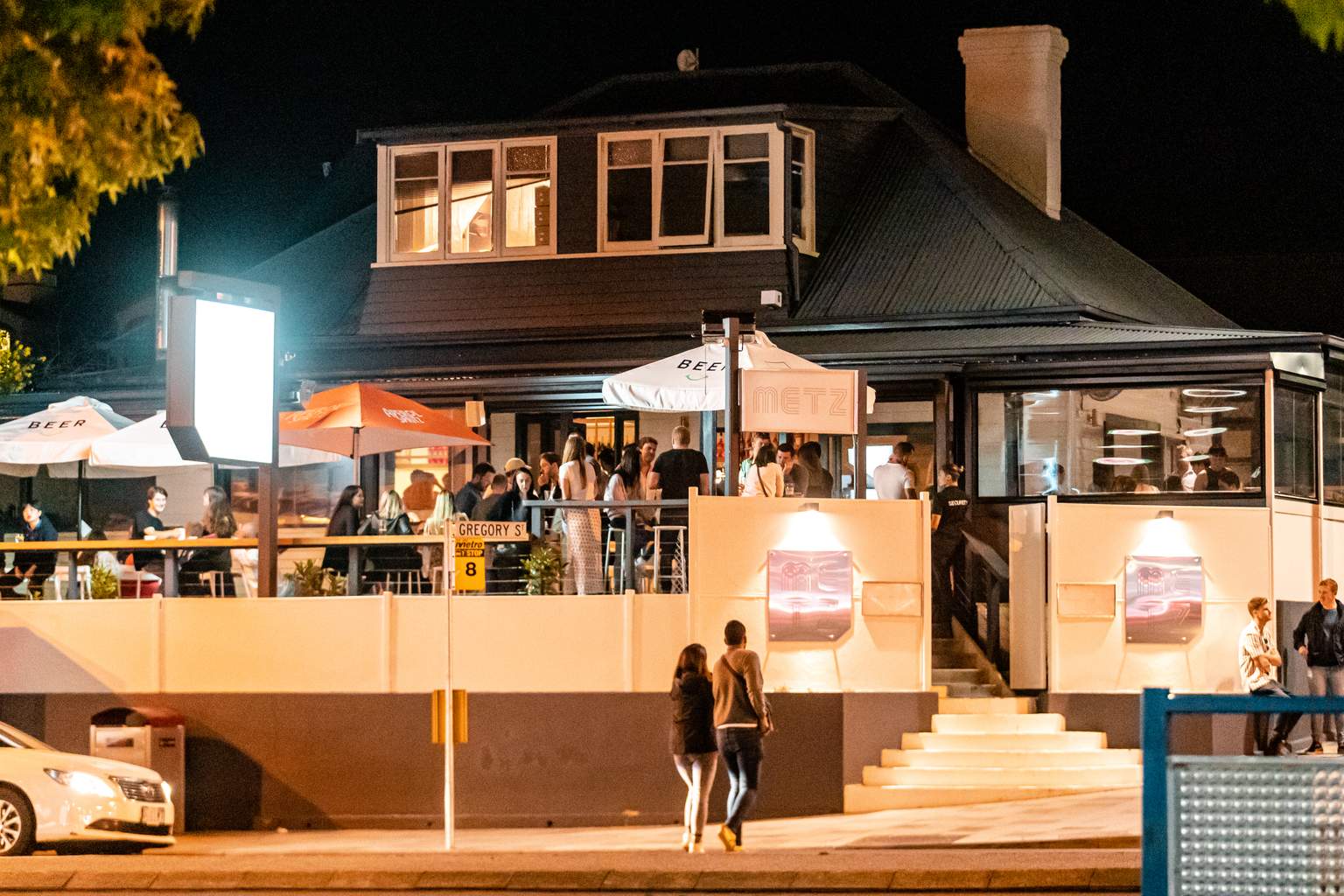
“It is not surprising that the study points out poor policy support,” he said.
The index drew on Visa spending data, labour statistics, transport timetables, safety perceptions and road fatality rates.
It defined night-time as 6pm to 6am – covering everything from evening dining and late-night entertainment to early-morning shift work.
Affordability emerged as the biggest barrier to participation, with 56% of Australians saying cost keeps them home.
More than half said they wanted more low-cost options and 53% called for more night markets and festivals.
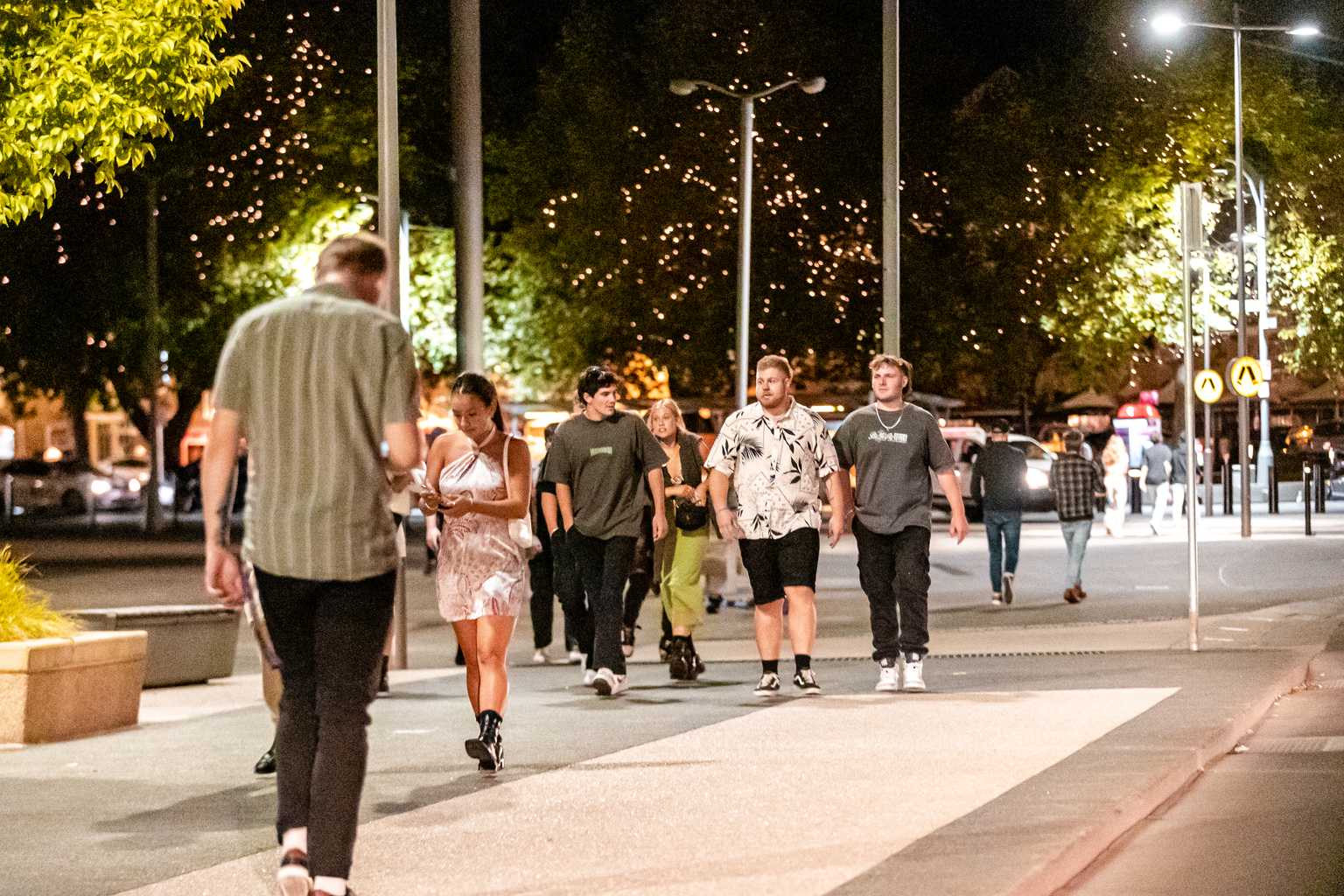
The Hobart City Council will host a Night-Time Economy Industry Round Table next month to identify key priorities and clarify responsibilities across sectors.
The council said it would continue lobbying state and federal governments to invest in areas such as public transport infrastructure.
“The City of Hobart remains committed to fostering a dynamic, inclusive and resilient night-time economy that reflects the creativity and character of our community,” the spokesperson said.
The Visa report concluded that Hobart has “significant untapped potential” that could be unlocked through stronger governance, better transport and targeted activation strategies.

